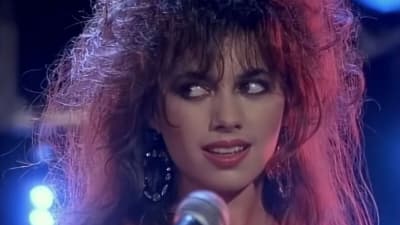- Home
- Quizzes
- My Quiz Activity
- Newsletters
- MY FAVORITES
- Add Sports/Teams
- SPORTS
-
NFL
- NFL Home
- Arizona Cardinals
- Atlanta Falcons
- Baltimore Ravens
- Buffalo Bills
- Carolina Panthers
- Chicago Bears
- Cincinnati Bengals
- Cleveland Browns
- Dallas Cowboys
- Denver Broncos
- Detroit Lions
- Green Bay Packers
- Houston Texans
- Indianapolis Colts
- Jacksonville Jaguars
- Kansas City Chiefs
- Las Vegas Raiders
- Los Angeles Chargers
- Los Angeles Rams
- Miami Dolphins
- Minnesota Vikings
- New England Patriots
- New Orleans Saints
- New York Jets
- New York Giants
- Philadelphia Eagles
- Pittsburgh Steelers
- San Francisco 49ers
- Seattle Seahawks
- Tampa Bay Buccaneers
- Tennessee Titans
- Washington Commanders
-
MLB
- MLB Home
- Athletics
- Arizona Diamondbacks
- Atlanta Braves
- Baltimore Orioles
- Boston Red Sox
- Chicago White Sox
- Chicago Cubs
- Cincinnati Reds
- Cleveland Guardians
- Colorado Rockies
- Detroit Tigers
- Houston Astros
- Kansas City Royals
- Los Angeles Angels
- Los Angeles Dodgers
- Miami Marlins
- Milwaukee Brewers
- Minnesota Twins
- New York Yankees
- New York Mets
- Philadelphia Phillies
- Pittsburgh Pirates
- San Diego Padres
- San Francisco Giants
- Seattle Mariners
- St. Louis Cardinals
- Tampa Bay Rays
- Texas Rangers
- Toronto Blue Jays
- Washington Nationals
-
NBA
- NBA Home
- Atlanta Hawks
- Boston Celtics
- Brooklyn Nets
- Charlotte Hornets
- Chicago Bulls
- Cleveland Cavaliers
- Dallas Mavericks
- Denver Nuggets
- Detroit Pistons
- Golden State Warriors
- Houston Rockets
- Indiana Pacers
- Los Angeles Clippers
- Los Angeles Lakers
- Memphis Grizzlies
- Miami Heat
- Milwaukee Bucks
- Minnesota Timberwolves
- New Orleans Pelicans
- New York Knicks
- Oklahoma City Thunder
- Orlando Magic
- Philadelphia 76ers
- Phoenix Suns
- Portland Trail Blazers
- Sacramento Kings
- San Antonio Spurs
- Toronto Raptors
- Utah Jazz
- Washington Wizards
-
NHL
- NHL Home
- Anaheim Ducks
- Boston Bruins
- Buffalo Sabres
- Calgary Flames
- Carolina Hurricanes
- Chicago Blackhawks
- Colorado Avalanche
- Columbus Blue Jackets
- Dallas Stars
- Detroit Red Wings
- Edmonton Oilers
- Florida Panthers
- Los Angeles Kings
- Minnesota Wild
- Montreal Canadiens
- Nashville Predators
- New Jersey Devils
- New York Islanders
- New York Rangers
- Ottawa Senators
- Philadelphia Flyers
- Pittsburgh Penguins
- San Jose Sharks
- Seattle Kraken
- St. Louis Blues
- Tampa Bay Lightning
- Toronto Maple Leafs
- Utah Hockey Club
- Vancouver Canucks
- Vegas Golden Knights
- Washington Capitals
- Winnipeg Jets
- NCAAF
- NCAAM
- Olympics
- Boxing
- Entertainment
- Lifestyle
- Golf
- MMA
- Soccer
- Tennis
- Wrestling
- Sports Betting
- More Sports
- RESOURCES
- My Account
- YB on Facebook
- YB on Twitter
- YB on Flipboard
- Contact Us
- Privacy Policy
- Terms of Service
The 25 most iconic American punk bands
The punk movement might be best associated with England, due to the Sex Pistols and the Clash, but America is represented quite well within the icons of the genre. Here's a look. Listed in alphabetical order.
Alkaline Trio
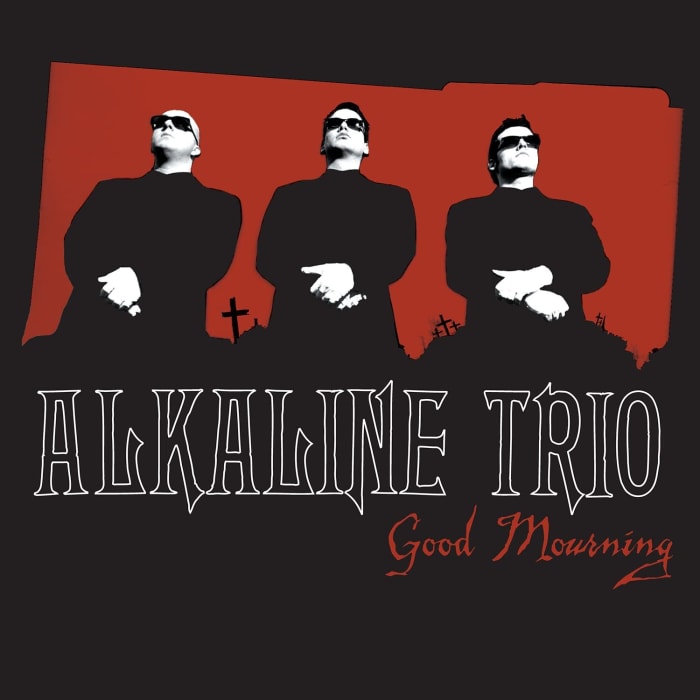
Pop-punk is not everybody's cup of tea, especially hardcore punk fans. Yet, regarding the overall scene, Alkaline Trio has achieved a certain amount of punk/alternative credibility within that community. With its unique, creative, and often satirical macabre approach to punk, Alkaline Trio has enjoyed a solid career since breaking from the Chicago suburbs in 1998. The campy "Radio" from 2000 and 2003's Good Mourning, which officially thrusted the band into the mainstream, record should be considered the highlights of the band's run, which continued with its 10th studio album, 2024's Blood, Hair and Eyeballs.
Bad Brains

Formed in 1976, Bad Brains was one of the early groups on the hardcore punk scene in the United States, hailing from Washington D.C. Bad Brains concerts were an experience, by all accounts, with punk icon H.R. (Human Rights), aka Paul Hudson, the lead singer and focal point. His unique, diverse vocal stylings were on display within the frame of this often complex individual. Bad Brains also brilliantly fused elements of reggae and metal into the sound, which allowed its influence to span various musical genres. Bad Brains has released nine studio albums, most recently in 2012.
Bad Religion

Another band that opened the door for U.S. punk acts to follow. Yet, Bad Religion never received consistent commercial success, even considering its influence, like others on this list. Formed in Los Angeles in 1980, these pop-punk pioneers claim they don't necessarily politicize their music, but the band has been outspoken against at least two Republican presidents — George W. Bush and Donald Trump, indirectly — and right-wing politics on 2019's Age of Unreason, which features a mix of the 2018 hit "The Kids Are Alt-Right." In addition, Bad Religion has tackled topics of faith and social awareness in its music, which has included 17 studio albums.
Bikini Kill
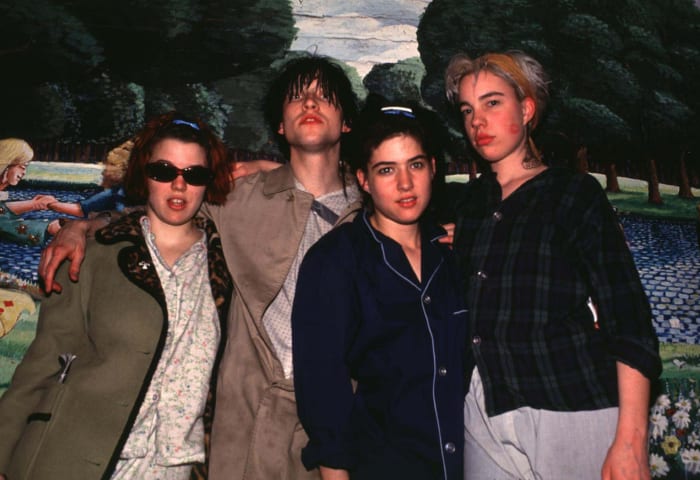
Long recognized as the leader of the 1990s' "riot grrrl" movement, Bikini Kill, from Olympia, Wash., made feminist punk and hard rock cool. Thanks to anthems like "Rebel Girl," lead singer Kathleen Hanna and Co. spoke to a generation of young women looking for their place but never seemed to generate consistent mainstream success. Though the group has not put out a studio album of original material since 1996, its popularity resurfaced thanks to its influence on internet-sensation, all-girl teenage punk rockers The Linda Lindas.
Black 47

A mix of Celtic punk rock with some pop tendencies, Black 47 was formed in New York in the late 1980s by guitarist-vocalist Larry Kirwan and former NYC policeman-turned-musician Chris Byrne. When former Dexys Midnight Runners co-founder Geoff Blythe joined, the group became a regular attraction on Manhattan's East Side. Then, with production help from The Cars' Ric Ocasek, the band's second studio release, Fire of Freedom (1993), led to some decent mainstream success, thanks to the tune "Funky Céilí." Unabashedly political, Black 47 released almost 20 albums in various formats through 2014, but all its notable success came during the '90s.
Black Flag

In the late 1970s, Black Flag was a promising hardcore punk outfit amid the ever-growing Los Angeles and Southern California punk community. When lead singer Keith Morris quit in 1979, charismatic and lurching Henry Rollins helped Black Flag become, perhaps, the most influential American hardcore punk band. Rollins had an aggressive and devoted stage presence, looking as if he was in pain and always ready to unleash his musical aggression. Like other punk groups, Black Flag challenged the establishment and conformity while also addressing awareness of the severity of poverty and the shunning of the lower class in America. Thanks to Rollins' vast musical influence, Black Flag went from a raw punk focus to offering elements of jazz and breakbeats — playing longer, drawn-out songs. Black Flag is also known for using spoken word tracks, which would become a staple of Rollins' career.
Blink-182

In the realm of mainstream punk, notably of the pop/alternative variety, Blink-182 has long been one of the mainstays. Formed in the early 1990s in the San Diego area, Blink has near-perfectly blended immature musical raunchiness with catchy hooks, infectious vocal harmonies (between guitarist Tom DeLonge and bassist Mark Hoppus) and the underrated power drumming of Travis Barker to a sustained success. Enema of the State (1999) and Take Off Your Pants and Jacket (2001) remain the band's overall highlights, but its maturity as songwriters has allowed Blink to remain one of the most popular mainstream rock acts around.
Blondie
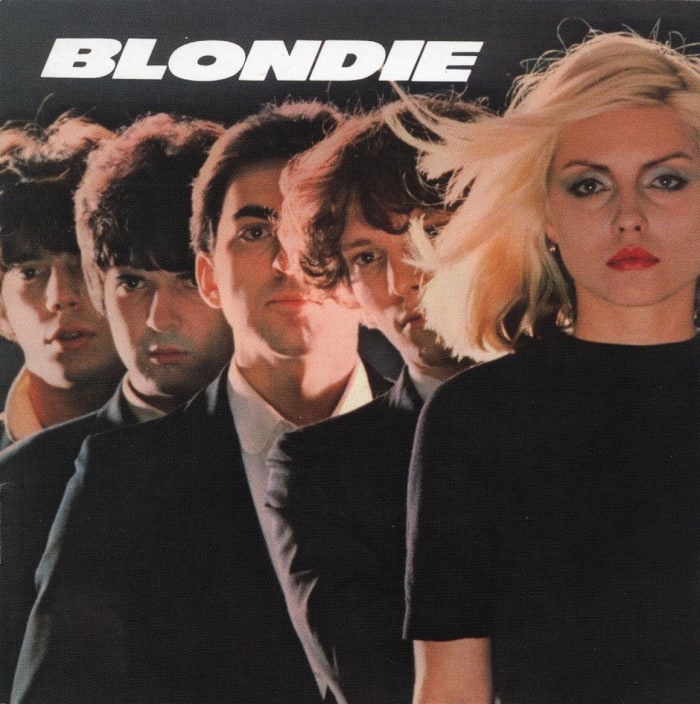
It can be argued that Blondie is more new wave than punk. But, the band's first two albums -- Blondie (1976) and Plastic Letters (1978) -- had undeniable elements of the latter while becoming a major force out of the underground New York City music scene. Of course, the iconic Debbie Harry was at the forefront. The Rock & Roll Hall of Famer started as a folk singer, but make no mistake, Harry was and still is a true punk. Regulars at famed CBGB, Blondie, and Harry, more specifically, played a major part in taking new wave and punk mainstream in the U.S.
Dead Kennedys

Widely considered the most influential of the hardcore punk bands in the United States, and led by famed frontman Jello Biafra (Eric Reed Boucher), guitarist East Bay Ray (Raymond Pepperell) and Klaus Flouride (Geoffrey Lyall) on bass, the Dead Kennedys were formed in San Francisco in 1978. The band made a living with it anti-establishment and anti-government stance. Political preference didn't matter. As time passed, the band — and specifically Biafra — fought censorship, with the brunt of its energy aimed at Tipper Gore's Parents Music Resource Center (PMRC).
Dropkick Murphys

Formed in 1996, Dropkick Murphys started as an edgier, raw punk band with Mike McColgan on vocals. When McColgan later that decade, newcomer Al Barr and co-founder and bassist Ken Casey shared vocal leads, to give the Murphys its signature, mainstream, alternative punk sound that still rings loud and proud today. These Boston area Celtic punk rockers are all about the people, supporting and celebrating labor unions ("The Worker's Song") and championing veterans ("Heroes from Our Past"), but are usually up for celebrating life with its loyal legions of fans.
Fugazi

When influential straight-edge punk outfit Minor Threat (more on them in a bit) called it quits, vocalist Ian MacKaye eventually got around to forming another trendsetting post-hardcore/ punk/experimental band in the Washington D.C.-based Fugazi. The band put out six studio albums from 1990-2001, and more prominent rock acts like Red Hot Chili Peppers and Bad Religion consider Fugazi a major influence on their own sounds. Fugazi, which also featured guitarist and co-vocalist Guy Picciotto, bassist Joe Lally, and drummer Brendan Canty, was also known for its non-conformity within the sterile confines of the music industry.
Green Day
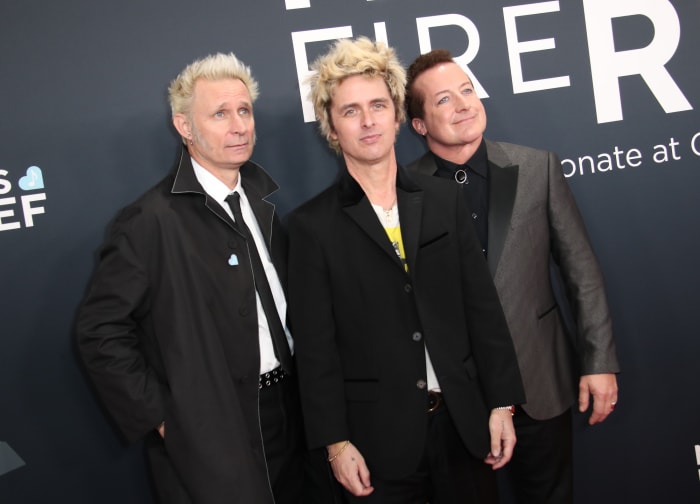
Frontman/guitarist Billie Joe Armstrong and bassist Mike Dirnt started making music together in high school, located on the northern edge of the East Bay area of northern California. Eventually, wunderkind drummer Tre Cool joined, and Green Day's road to pop-rock dominance truly began. The band earned superstardom with 1994's Dookie, but as its popularity grew, the trio had to defend its credibility against the pop-punk posers label. However, Green Day started showing signs of maturity with albums like Nimrod (1997) and Warning (2000). Then, 2004's conceptual gem American Idiot merged its political interests with catchy hooks and riffs. Love or hate, Green Bay remains one of the biggest bands in the world.
Hüsker Dü
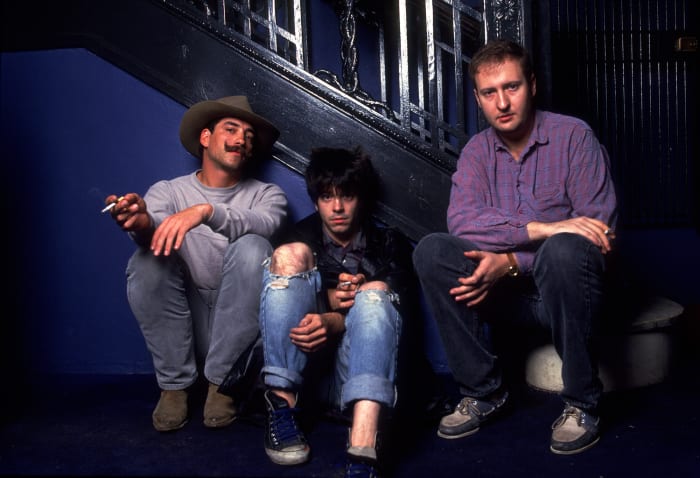
Bob Mould might be considered "the father of alternative rock," but he certainly had a major influence within the punk genre. Mould's Twin Cities-based Hüsker Dü, which included drummer and co-writer Grant Hart and bassist Greg Norton, was a punk outfit that featured underground catchy tunes amid piles of dysfunction. Hüsker Dü's catalog spanned seven studio albums from 1983-'87, with 1984's highly lauded double album Zen Arcade at the forefront of the collection. Nirvana, Pixies and Green Day are just a few bands that cite Hüsker Dü as a significant influence.
Minor Threat
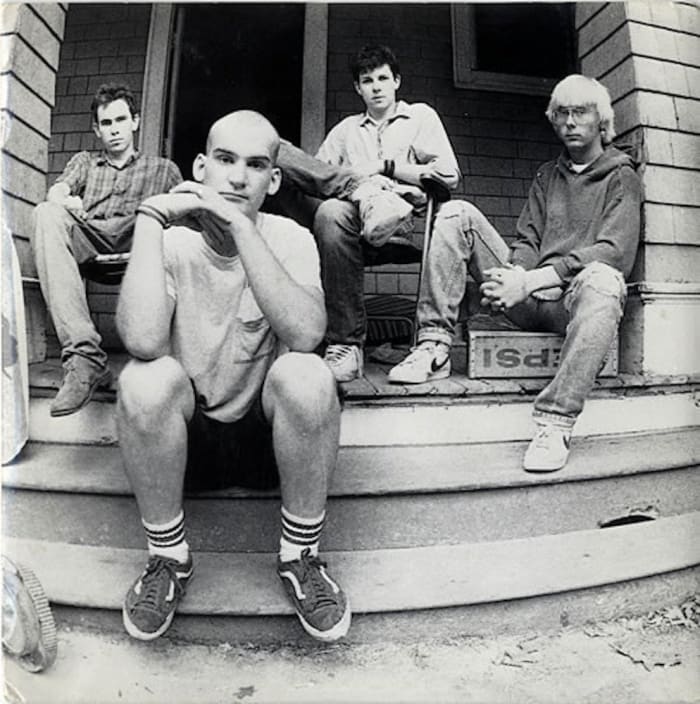
Bands like Slayer and Foo Fighters have long cited the Minor Threat among its serious influences. Along with fellow D.C. punks Bad Brains and Black Flag, on the other side of the country, Minor Threat, which featured the aforementioned Ian MacKaye on vocals, was a pioneer of the early 1980s American hardcore punk scene. Its tune, "Straight Edge," essentially began the straight-edge movement among the punk community, where musical substance, not ingested substances, was the priority. The band put out just four EPs of original material from 1981-'85, but its legacy remains strong.
Misfits

The chiseled Glenn Danzig, perhaps best known for his MTV staple "Mother 93," led this underappreciated punk outfit that began in New Jersey in the late 1970s. If The Misfits were a film, it would be a horror B-movie with a cult following. Danzig was at the forefront with his makeup, bulging biceps, and baritone voice. Meanwhile, bassist Jerry Only was often overshadowed by Danzig, but the punk band's status as a cult favorite wasn't done by one man. Only has kept the group's legacy as the only consistent member, and still sports the macabre makeup and hair on stage. The Misfits, which also featured former Slayer drummer Dave Lombardo, put out seven studio records from 1982-2011 and birthed such punk classics as "Last Caress," "Bullet," and "Mommy, Can I Go Out & Kill Tonight."
The Muffs

During the 1990s, the market for pop-punk bands became so saturated that some of the better acts slipped through the mainstream cracks. The Muffs, from Los Angeles, had a more raw punk vibe, but was lumped into the bubble-gum punk that rose to prominence in the as the '90s drudged on. The driving force The Muffs was singer-guitarist-bassist Kim Shattuck, who wrote notable tracks like "Big Mouth," "Lucky Guy," and "Funny Face." Sadly, Shattuck passed in 2019, due to complications from ALS.
Naked Raygun

In addition to being a major influence on many punk bands, Naked Raygun (hailing from the Beverly neighborhood on Chicago's South Side) is also the subject of one impressive nugget of trivia. It happened to be the first act Dave Grohl saw play live at the Cubby Bear — kitty-corner from Wrigley Field — in 1982. While Naked Raygun never earned much mainstream success, it still holds legendary status among punks in the Chicagoland area and throughout the Midwest, and was still making music into the 2020s.
NOFX

Perhaps the most impressive aspect of NOFX's career is that it released 15 studio albums, and never appeared on a major record label. Led by bassist/vocalist "Fat" Mike Burkett, NOFX was formed in L.A., in 1983, but didn't really enjoy notable success until the 1990s, when punk turned pop in the mainstream. Yet, NOFX was quite versatile in the sense it spanned various sub-genres of punk (ska, pop, etc), thus allowing itself a rather lengthy shelf life.
New York Dolls

Formed during the 1970s in New York City, the Dolls included genre legends like David Johansen, Sylvain Sylvain, and Johnny Thunders. These glam punks got the name from a doll repair store titled the New York Doll Hospital, and went on to draw raves for stellar live performances and over-the-top antics. Though Johansen might have been the more recognizable member, Thunders arguably is the most influential, and his 1991 apparent drug-related death at age 38 remains a mystery. Interestingly, the Dolls released five studio albums, but only two during the 1970s -- the rest coming this century.
Operation Ivy
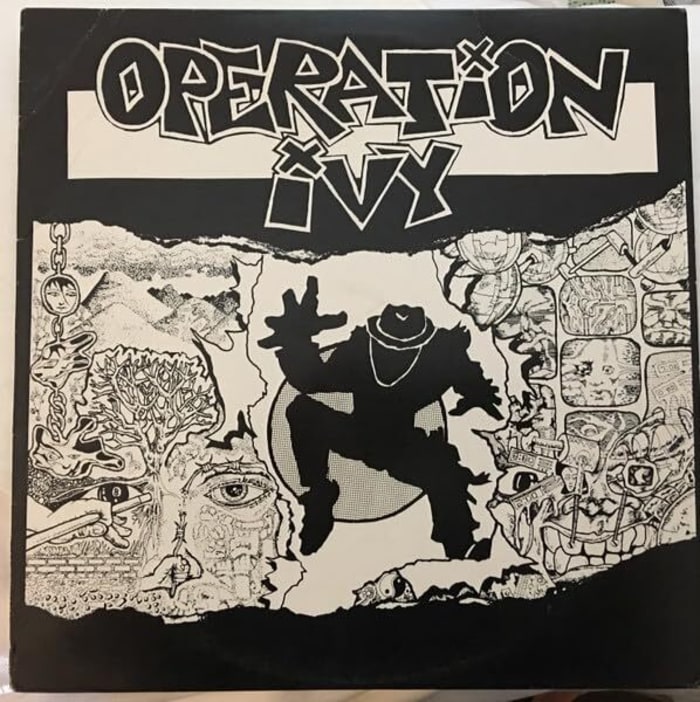
Though this highly influential ska punk group from Berkeley, Calif., released just one, full-length studio album, with 1989's Energy, and existed for just three years (1987-'89), Operation Ivy was among the pioneers of the "East Bay" punk sound that influenced the likes of Green Day and No Doubt. Op Ivy was known as one of the great live acts of the movement in the area. And, the group featured guitarist Tim Armstrong and bassist Matt Freeman, who went on to form Rancid (more on those guys, soon).
Ramones

The Ramones were the undisputed superstars of punk rock in America—two-plus-minute songs, minimal chord structure, and, of course, the look. Joey, Johnny, Dee Dee and Tommy, sporting their trademark leather jackets became rock and roll icons while delivering an updated version of the early Beatles’ days. But, the band was more than just speed and camp. It’s lyrics were political (“Bonzo Goes to Bitburg”), and often attacked antisemitism and Nazism (“Today Your Love, Tomorrow the World”). Though all four original members have died, the Ramones’ legacy lives on and is widely celebrated.
Rancid

When the previously-mentioned Operation Ivy disbanded, members Tim Armstrong and Matt Freeman formed Rancid. Drummer Brett Reed joined, and the trio put out its 1993 self-titled debut. After adding guitarist Lars Frederiksen, things really took off. Let's Go (1993), ...And Out Come the Wolves (1994), and Life Won't Wait (1998) rounded out the band's '90s contribution with some of the greatest, raw, power-punk music from the movement. The aforementioned Dropkick Murphys are just one of many bands influenced by Rancid.
Sleater-Kinney

From Olympia, Wash., arguably one of the great alt-punk outfits to come out of the 1990s. Carrie Brownstein, before and during her turn as a celebrated comic actor, Corin Tucker, and former drummer Janet Weiss have influenced many with a more mature take on the "riot grrrl" round. The band wasn't afraid to shatter female stereotypes, champion feminism, and take a serious approach to same-sex relationships and shunning conformity. The brilliant vocal sharing between Tucker and Brownstein has been a big reason for Sleater-Kinney's success, which continued with the release of its 11th studio album, Little Rope (2024).
The Stooges

What's perhaps most impressive about the often dubbed "Godfather of Punk" is that Iggy Pop's abs are still as tight today in his 70s as they were back in the 1960s. While fronting his Hall of Fame band the Stooges, from Ann Arbor, Mich., it was common for Pop to cut or expose himself on stage. But that was part of Pop's and the band's infamy. Which then etched its legacy as U.S. punk pioneers, beginning the late 1960s. For those in search of a blueprint for modern-day punk, check out the group's first three albums -- The Stooges (1969), Fun House (1970) and the iconic Raw Power (1973).
Velvet Underground

Legendary frontman Lou Reed's relationship with punk is more indirect than most. His work with the Velvet Underground related more to what would be known as alternative, proto-punk, and new wave out of New York City, but his overall musical offerings still had elements of that raw punk sound. What Reed certainly had was the punk attitude, though, in a more "Rebel Without a Cause." Velvet Underground was a conceptual band within the new wave/punk genres, that set itself apart. There might not be a better start to a career than the band's first three records -- The Velvet Underground & Nico (1967), White Light/White Heat(1968) and The Velvet Underground (1969), all legendary pieces of work.
A Chicago native, Jeff Mezydlo has professionally written about sports, entertainment and pop culture for parts of four decades. He was an integral member of award-winning sports sections at The Times of Northwest Indiana (Munster, Ind. ) and Champaign (Ill
More must-reads:
- TV character deaths that we won't forget anytime soon
- 23 TV characters who simply vanished without a trace
- 22 of the most anticipated movie releases in 2025
- One and done: 20 awesome movies we never want to watch again
- 20 TV couples that became legendary when they finally got together
Customize Your Newsletter
 +
+
Get the latest news and rumors, customized to your favorite sports and teams. Emailed daily. Always free!
PRIVACY POLICY EDITORIAL POLICY CONTACT US
ABOUT YARDBARKER TERMS OF SERVICE
Use of this website (including any and all parts and
components) constitutes your acceptance of these
Terms of Service and Privacy Policy.
This site is for entertainment purposes only.
There is no gambling offered on this site.
Gambling Problem? Call 1-800-Gambler.




